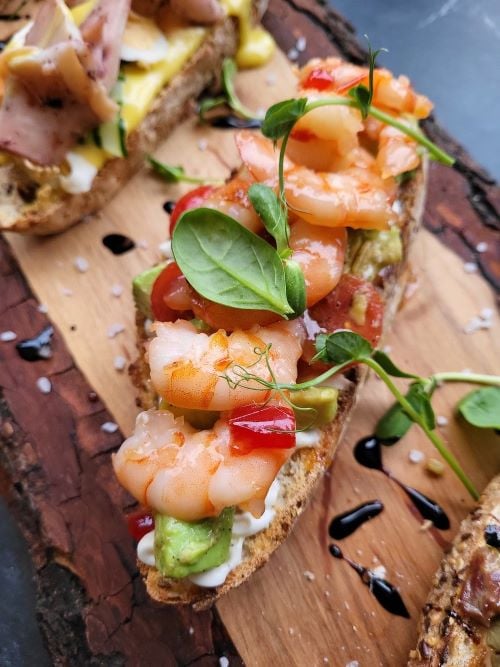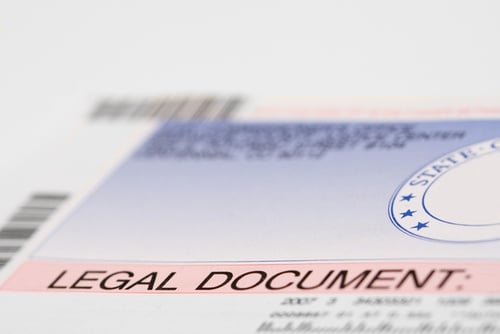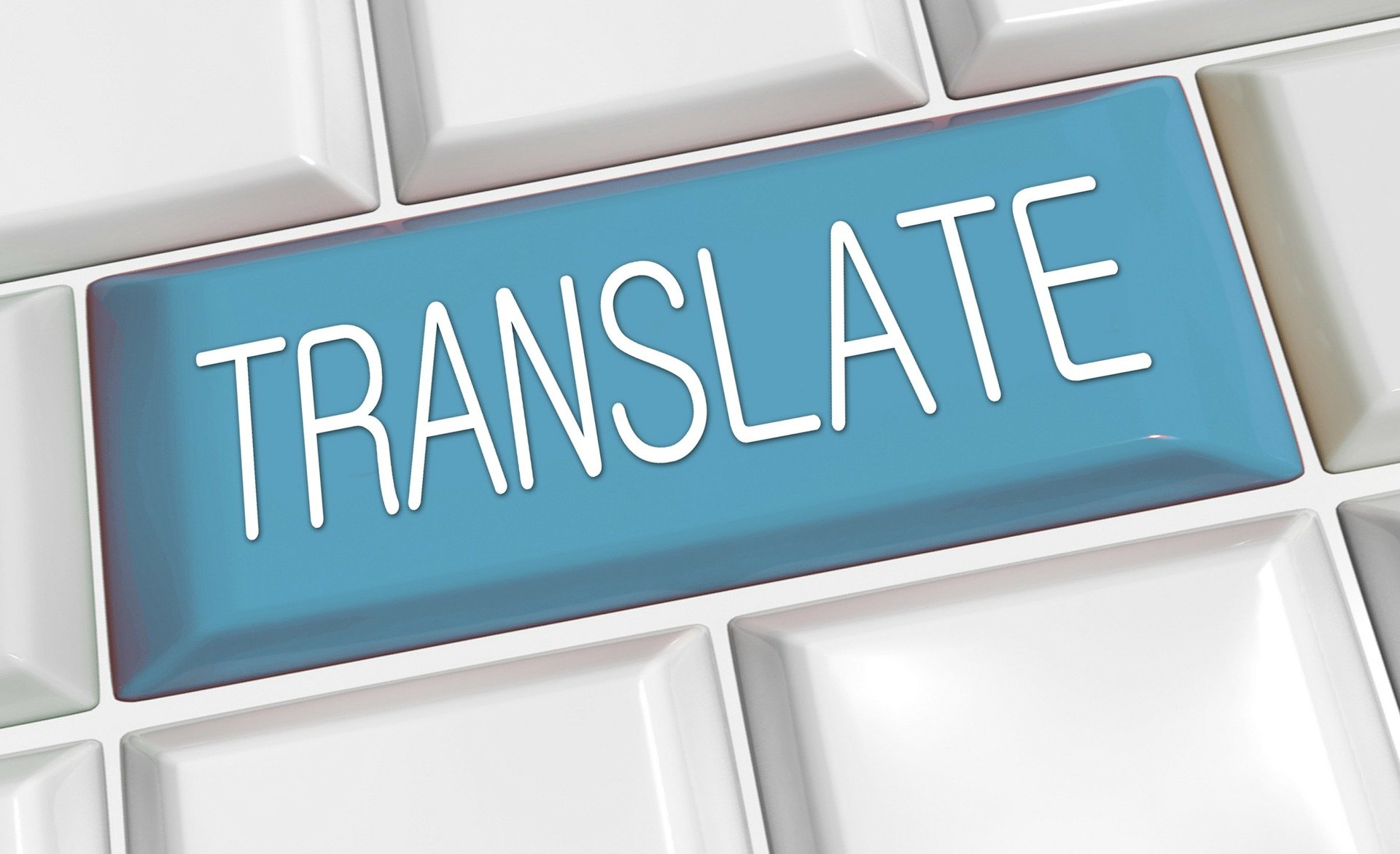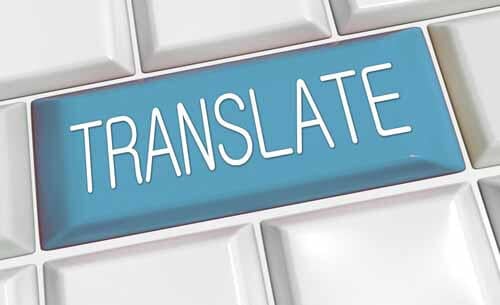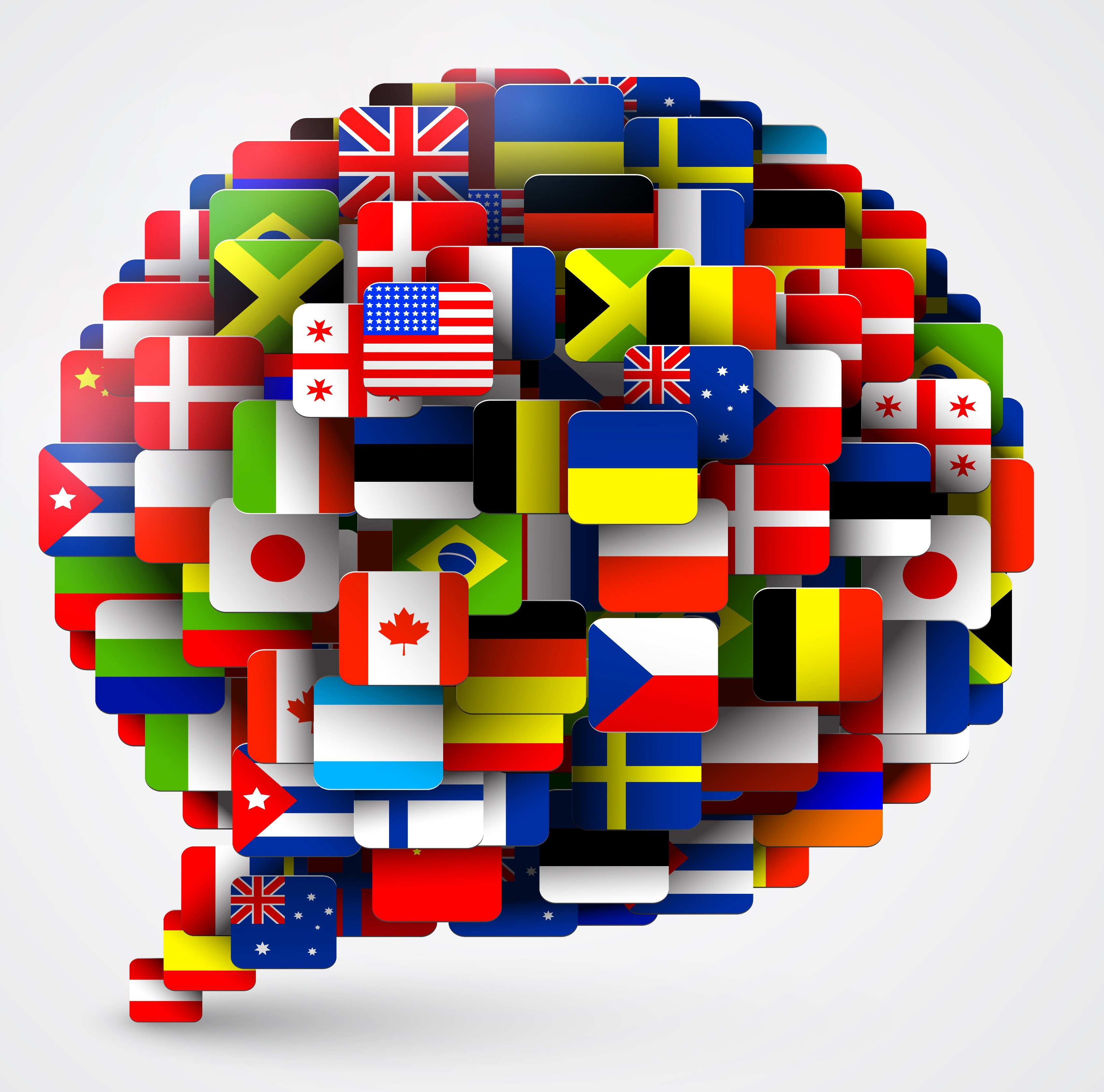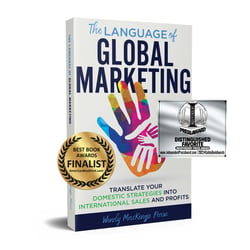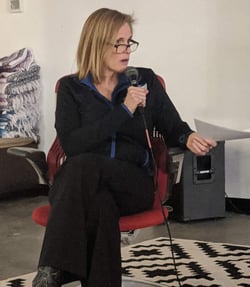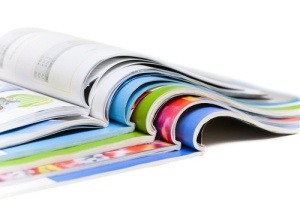Listen to Audio Version:
Table of Contents
- Success Stories in Global Marketing
- The Foundation: Strong Source Content
- Understanding Different Translation Approaches
- Cultural Considerations in Visual Marketing
- Common Pitfalls
- Making Translation Work for Your Business
Expanding into international markets can seem daunting. The quality of your marketing translations can determine your success before you begin selling. Yet, in the race for global market share, the winners aren't always the biggest players—they’re the ones who work to make their message resonate in their customers' languages.
From "Poo" to Profit: A Lesson in Cultural Adaptation
When Poo-Pourri (now -Pourri), a small family-owned company focused on “natural odor elimination,” tackled the Japanese market in 2013, their quirky brand name and product concept didn't translate directly, so they pivoted toward a more culturally relevant approach. The team landed on the Japanese brand name "ポー・プリ" (Pō Puri), which is phonetically close to the English but carries a meaning that resonates strongly in Japan: "a divine fragrance for the gods." At the same time, the company tailored its marketing imagery and messaging to align with Japanese aesthetic sensibilities and cultural values around discretion and harmony. The results were nothing short of spectacular; within a year, Poo-Pourri saw a 300% increase in sales compared to its US market.
The art of translation can do more than convert words; it can breathe new life into your marketing strategy. Take a deep dive into cultural adaptation – how particular cultures interact with your product, their emotional triggers, and any intrinsic value propositions – to discover fresh perspectives to enhance your global brand identity. These insights can then be incorporated into your primary market strategy, creating a continual cycle of innovation and improvement.
Here, we explore five critical elements for creating an effective marketing translation plan that will stand the test of time.
1. The Foundation: Strong Source Content
Translation quality starts with your original content. Consider this: When Volkswagen introduced "Fahrvergnügen," one German word became four English words – "the pleasure of driving" – requiring 80% more space. This expansion effect happens across languages, typically adding 20-30% more text.
Your original copy should be unambiguous, avoiding unnecessary descriptive language that could complicate translation. It's crucial to finalize all content before beginning the translation process—last-minute changes not only increase costs but can also introduce errors and inconsistencies. Design teams should account for text expansion in layouts, and marketing teams should maintain consistent messaging across all materials. Translation memory tools can help ensure consistency and reduce long-term costs.
2. Understanding Different Translation Approaches
Translation isn't a one-size-fits-all process. There are four primary methods, each serving different purposes and accomplishing different goals:
Transliteration, the most straightforward approach, merely converts words or letters between languages. This method does not serve marketing purposes, as meaning and intent will get lost in the process.
Standard translation goes a step further by converting both text and meaning. This method works well for straightforward content and basic marketing materials with clear and direct messages.
Localization tailors marketing messages to specific regions and demographics. A step beyond standard translation, localizing translated material means adapting nuances, idioms, and cultural references to resonate with your audience. A multilingual website supports localized marketing campaigns with a repeatable process for use in new markets, all while cultivating a stronger emotional connection with your customers.
Transcreation involves creating new content in the target language, including branding, taglines, and a dedicated website adapted for colors, representation, and other essential elements. Larger corporations like McDonald’s and Nike are well-equipped to employ transcreation, but it can also be helpful for smaller companies.
For example, one of our clients, a German company, wanted to market to U.S. CEOs. Their original letter followed German business customs, opening with elaborate compliments and formal language—all standard practices for engaging with German executives. We advised them that American CEOs prefer direct, concise communication, so the letter was ultimately completely rewritten during the translation process yet retained its core purpose.
Every international marketing strategy must balance global consistency with local relevance. McDonald's is a master in this regard, unfailingly keeping their golden arches and brand identity consistent while reimagining menus, websites, and taglines. Yet even upstart companies can benefit from the process if approached strategically.
For instance, when Airbnb cracked the Chinese market in 2014, it wasn't their business model that made the difference – it was three carefully chosen characters: 爱彼迎. Instead of a simple translation of "Air Bed and Breakfast," the company tailored its marketing effort to the local market, transforming “Airbnb” into “Aibiying,” or "welcome each other with love," a notion that resonates deeply because of deep-seated Chinese cultural values around hospitality and interpersonal connections. The thoughtful translation approach extended beyond just its name; Aibiying was supported by a website reflecting local user preferences and cultural touchstones, leading to a 700% growth in Chinese bookings over the following years.
3. Cultural Considerations in Visual Marketing
Visual elements demand as much attention as text in marketing translation. Color choices carry profound cultural implications. For instance, in Western cultures, white symbolizes purity and weddings, while in many Asian cultures, white represents death and mourning. These and other seemingly simple details can dramatically impact your marketing's effectiveness.
Beyond colors, visual marketing must consider local demographics in model selection, ensure locations look authentic to the region, use appropriate symbols, flags, and currency images, and adapt to local dress codes and customs. Visual metaphors that work in one culture might be meaningless or offensive in another.
4. Common Pitfalls and Real-World Consequences
The marketing landscape is littered with cautionary tales of translation gone wrong. Electrolux's "Nothing sucks like an Electrolux" campaign proved brilliant in British English but problematic in American markets. KFC's "Finger-Lickin' Good" became the unappetizing "Eat Your Fingers Off" in Chinese. Perhaps most notably, Wish.com's 2016 disaster of labeling plus-size clothing as "fat lady" items caused significant social media backlash and lasting brand damage.
These mistakes often stem from common errors: attempting to translate humor (which rarely works across cultures), using idioms and colloquialisms, or employing complex grammatical structures. Regional expressions and clever wordplay typically lose their impact – or worse, gain unintended meanings – in translation. Think about it: even a cat’s “meow” sounds different in other languages.
5. Making Translation Work for Your Business
Budgeting for translation services and finding an experienced marketing translation agency is critical to a campaign’s success. Keep in mind that while professional translation services might seem expensive, they're far less costly than recovering from cultural or linguistic mistakes. And the benefits associated with translating from the start quickly pay dividends.
Think of it as an investment in your global success. It requires careful planning, cultural sensitivity, and professional expertise. Test your translations with local focus groups, verify the fit with cultural norms, and monitor local feedback after launch. Professional translation services can help guide you through the process, offering cultural insight, market understanding, and brand protection. This will leave you with a repeatable process for discovering additional international markets.
Rapport International specializes in multilingual communications, providing language translation and interpretation services that are accurate and culturally appropriate. We use the right voice and the correct terminology to avoid liability, customize services to your needs, and deliver on time and within your budget. With our 100% satisfaction guarantee, you can trust that it’s done right. Contact us today if you would like more information or to get a free quote.
Popular Posts
Popular industry news, interviews, technologies, and resources.



